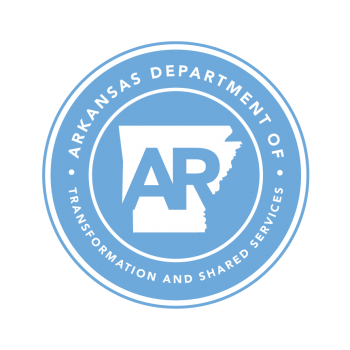Massive Update of Arkansas’ High Resolution Elevation Data
The Arkansas GIS Office is pleased to announce the availability of a statewide high resolution elevation dataset that is published via gis.arkansas.gov
This announcement is the culmination of a very large coordination effort where numerous state and federal agencies worked hand-in-hand to acquire high resolution elevation data, frequently referred to as LiDAR based on the sensor acronym used to acquire the data. Along the way the agency had been concerned with how the GIS Office would efficiently warehouse and distribute the data. A major objective of Governor Hutchinson has been for all agencies to operate in the most efficient manner as possible.
In early summer of 2018, the GIS Office conducted a survey of constituents to learn more about their elevation data access needs. The agency received feedback from 90 respondents who shared their preferences concerning elevation data access.
The following highlights guided the GIS Office and on how to balance the high cost of elevation data storage versus access, and the data formats needed by users.
A majority of respondents, 49% need access to elevation data on a monthly basis, and 32% require access on a daily basis in their role. The remainder of users are accessing elevation data annually or less than annually.
30% of respondents indicated the project size that best fit their need was at a county level, followed by a surprising 20% that stated their project size represents the entire state. 28% indicated their projects were focused at the City level and the rest were less than 10 acres or very narrow corridors.
We learned that 70% of respondents would use ArcGIS software to work with high resolution elevation data, followed by AutoCad at 17% and the remainder using a mixture of qGIS, MicroStation, Global Mapper, Cloud Compare and QT Modeler.
73% of respondents preferred downloadable data over data as a service for the method of consuming the data and 53% stated they needed the data immediately or within one hour.
Regarding the elevation data product type, only 12% preferred the Laser File Format (LAS) or Laser File Format compressed (LAZ). 49% preferred a Digital Elevation Model, 29% preferred contours, and the balance cited other types such as Slope or Hill Shade. Given that a very small percentage of our constituents did not prefer the LAS or LAZ file format.
If the agency warehoused the compressed LAZ file we estimated the storage at 6 Terrabytes, which would increase the annual hosting cost by $1,656. This cost did not factor in the costs for users to download (bandwidth out at $.09 per Gigabyte) the data. When the agency compared the survey results against the warehouse and distribution costs we determined it would not be efficient nor cost effective to publish and store the LAZ data files at great expense for a relatively small audience.
As a result of this survey as well the Arkansas GIS Office’s internal and external efforts to identify the most cost effective and efficient method of storing and distributing high resolution elevation data we are implementing the following policies:
1. We created a seamless mosaic DEM dataset published as an ArcGIS Image Service at https://gis.arkansas.gov/arcgis/rest/services/ImageServices/DEM_1M_2018/ImageServer
2. All DEMs were organized along their original project extents and are available for download via an ArcGIS Online web map located at http://gis.arkansas.gov/dis/viewer/dem/dem_viewer/index.html as well as several other download methods documented at https://goo.gl/ehXM5h
3. LiDAR Point Cloud data will no longer be available at gis.arkansas.gov. This decision was made to reduce duplication of effort and reduce cloud storage costs. This decision is possible because all LIDAR data collected in the 3DEP project is available at https://viewer.nationalmap.gov/basic/ in LAZ format.

